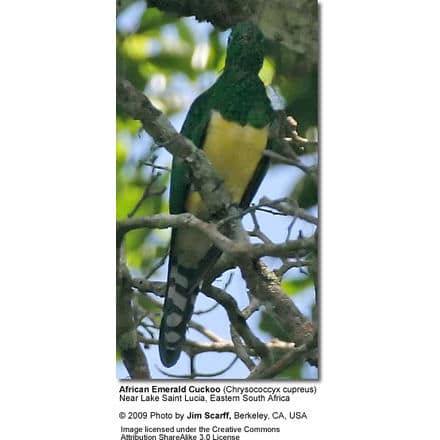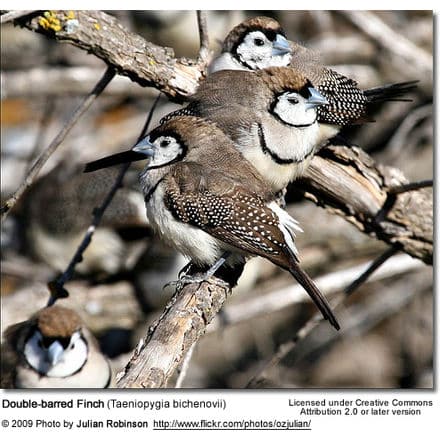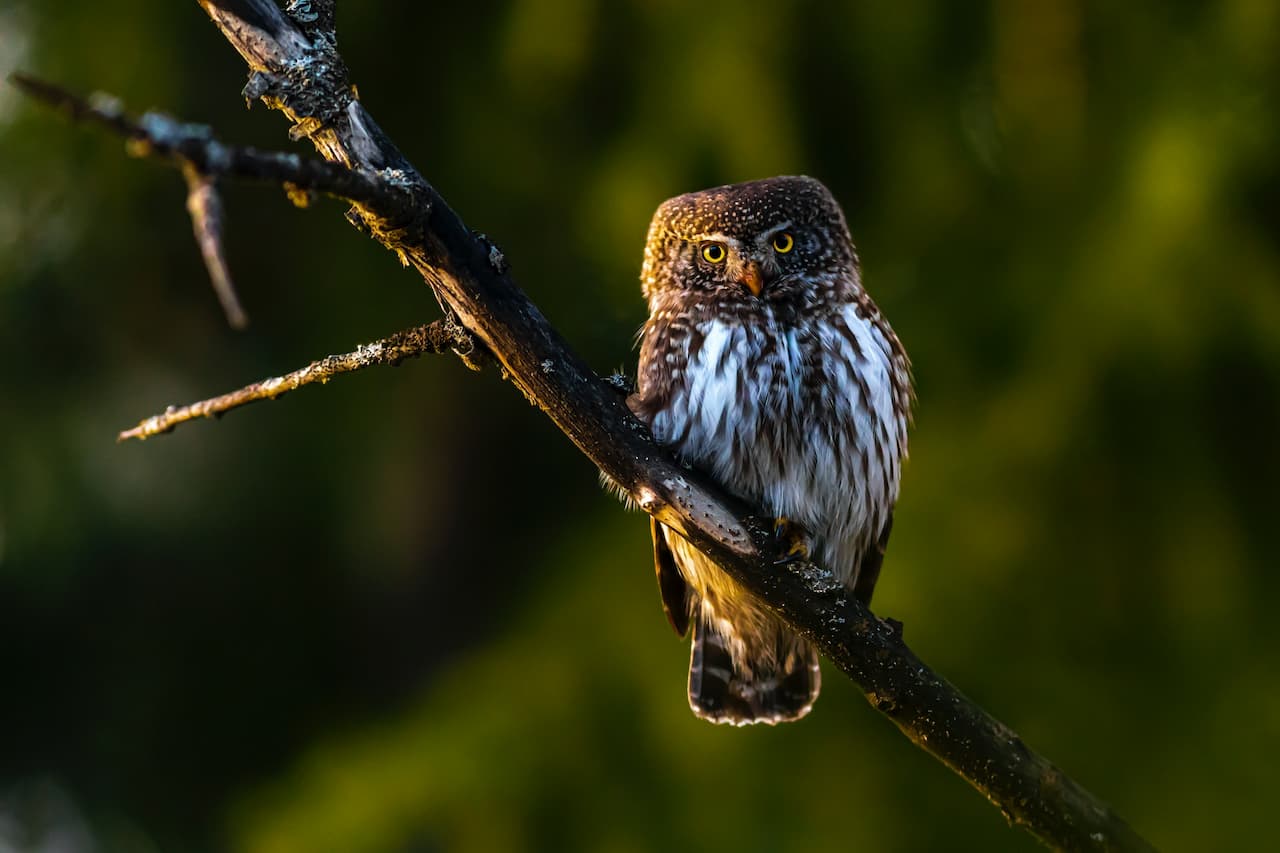African Emerald Cuckoos (Chrysococcyx cupreus)
The African Emerald Cuckoo (Chrysococcyx cupreus) is a strikingly colorful cuckoo that is widely distributed in Sub-Saharan Africa and occurs naturally in Angola, Botswana, Burundi, Cameroon, Central African Republic, Republic of the Congo, Democratic Republic of the Congo, Ivory Coast, Equatorial Guinea, Eritrea, Ethiopia, Gabon, Gambia, Ghana, Guinea, Guinea-Bissau, Kenya, Liberia, Malawi, Mali, Mozambique, Namibia, Nigeria, Rwanda, Sao Tomé and Principe, Senegal, Sierra Leone, South Africa, Sudan, Swaziland, Tanzania, Togo, Uganda, Zambia and Zimbabwe.

Cuckoos
Preferred Habitats:
In general terms, the African Emerald Cuckoo favors light and densely wooded forests with Mopane trees – occasionally, however, they are seen in urban settings, such as parks, gardens and vacated buildings.
- Throughout West Africa, this cuckoo can be seen in lowland areas.
- In Abyssinia it inhabits forest areas from 2000 to more than 3000m.
- In Kenya, Tanzania and Uganda, it is mostly confined to the intermediate altitudes (1000 to 2000m).
- In eastern Africa it can usually be found in the lower country areas – specifically 700 to 1000m in Malawi.
- In Kwazulu-Natal, this species is found in forest areas.
- In Mozambique it is often seen in thorn and baobab country.
Description:
The African Emerald Cuckoo averages 21 to 23 cm (8.3 to 9.1 inches) in length and weighs around 35 grams 1.2 ounces. It has a short, slim bill and brown-orange eyes.
Males have an overall brilliant metallic green plumage, except for the bright yellow lower breast and abdomen. The tail feathers are tipped with white. Females are brown above and barred with green and white below.
Because of the mainly green plumage, the African Emerald Cuckoo is well camouflaged in the foliage and is usually only heard rather than seen.
Breeding / Nesting:
The African Emerald Cuckoo doesn’t build its own nest nor does it raise its young. The hen lays her eggs in the nests of other birds, specifically they use the nests of Yellow-whiskered Bulbuls, Bee Eaters, Olive bush Shrikes or Puffback Shrikes.
They invade the nest – either placing the eggs in the nest when the parents are foraging for food or forcing them off the nest while they are sitting in it. Once the hen is in the nest she will toss out any existing eggs and lay her own.
The true occupants of the nest will come back to their nest and incubate the cuckoo egg(s) and raise any young as their own. After hatching, the cuckoo chick often pushes the other chicks or eggs out of the nest.
Diet / Feeding:
The Emerald Cuckoo feeds on insects, such as butterflies, caterpillars, locusts and ants.
Call / Vocalization:
The Emerald Cuckoo emits a clear four-note call.
Other Names:
The African Emerald Cuckoo is also known as the Emerald Cuckoo, Mooimeisie [Afrikaans], Intananja (Xhosa), uBantwanyana (Zulu), Smaragdkoekoek (Dutch), Smaragdkuckuck (German), Coucou foliotocol (French), Cuculo smeraldino africano (Italian), Cuclillo esmeralda africano, Cucu esmeralda (Spanish), as well as Cuco-esmeraldino (Portuguese).
Beauty Of Birds strives to maintain accurate and up-to-date information; however, mistakes do happen. If you would like to correct or update any of the information, please contact us. THANK YOU!!!




